Scoliosis and pregnancy: it’s possible!
The Isico blog www.scoliosi.org is a dedicated space where patients can ask questions and swap experiences. It is also a place where those involved in treating scoliosis can take a more in-depth look at a series of topics and engage with patients.
Here is one of our published posts
“I have scoliosis, can I have children?” We are often asked this question, and we have no hesitation in answering: “Yes, becoming a mother is a great joy that should be experienced without anxiety, even if you have scoliosis.”
It is, in fact, absolutely untrue that if you have scoliosis you can’t have children. A woman with scoliosis can have children. She should simply consult a spine specialist for advice and curve monitoring.
Moreover, just like any other woman, she can, based on specialist advice from a gynaecologist/obstetrician, opt for a natural delivery or a C-section.
During pregnancy, the body produces a hormone called relaxin, which serves to “soften” the back and pelvis, allowing the physiological changes necessary for giving birth.
There will be no particular problems during pregnancy itself, as the expanding uterus supports the column and helps to stabilise it.
After childbirth, however, the back remains very mobile for a few months, and this is the period in which there is an increased risk of a worsening of the curve, not least because the child, no longer supporting his mother’s back from within, will often be in her arms, placing an added strain on her back.
If the scoliosis is severe, it is a good idea to “plan ahead” and take preventive measures. By working out an appropriate exercise plan before pregnancy and continuing to do the exercises right up to the birth, it is possible to prepare effectively for the critical postnatal period when the mother will probably have less time for exercising!
As for the birth itself, epidural anaesthesia may be well possible.
It depends mainly on whether the woman has had spinal fusion surgery, and, if so, on which part of the spine: if the surgery was performed at the level of the dorsal spine and the lumbar spine is free, then there will be no problem.
If, instead, the lumbar level was also involved in the surgery, the anaesthesiologist will establish which was the last vertebra involved and, on this basis, decide whether or not an epidural is possible.

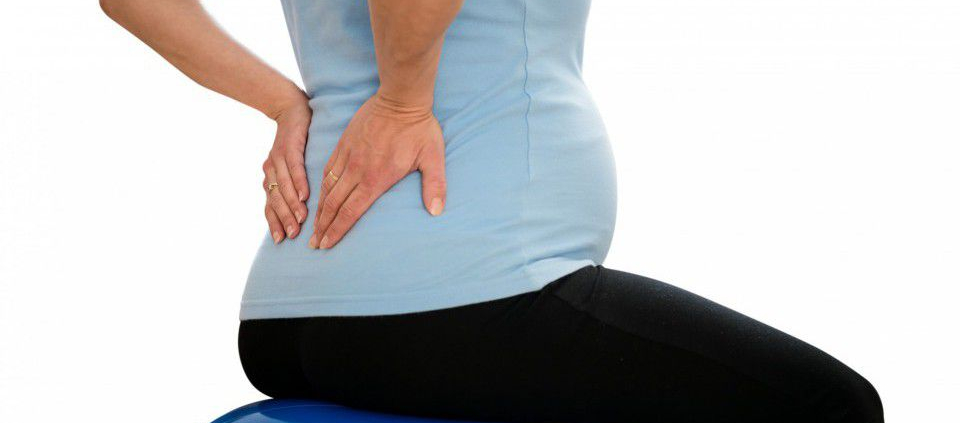
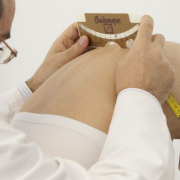
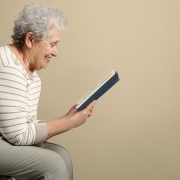
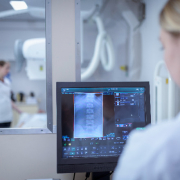
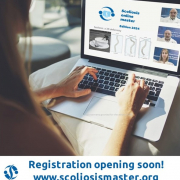
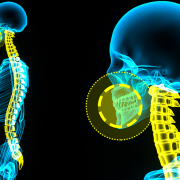
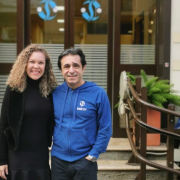



Leave a Reply
Want to join the discussion?Feel free to contribute!